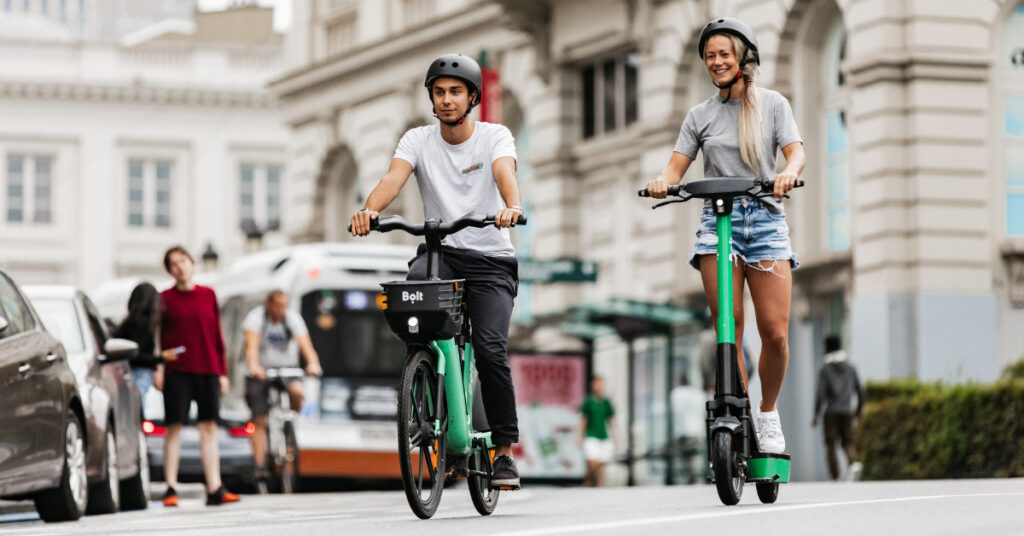As the dawn of autonomous vehicles approaches, cities across the United States are actively preparing to welcome this groundbreaking technology. With 93% of U.S. cities gearing up for a driverless future, the urban landscape is poised for significant transformation. This shift promises to optimize traffic flow, enhance safety, and reshape public transportation systems.
U.S. Cities Embrace Autonomous Vehicle Era
The widespread urban adoption of autonomous vehicles (AVs) is no longer a distant prospect but a near certainty. Cities from coast to coast are laying the groundwork for a reality where streets are dominated by driverless cars. This enthusiasm is partly driven by the potential economic benefits and improvements in citizens’ quality of life. For instance, cities like San Francisco and Pittsburgh have already started extensive testing and research initiatives aimed at integrating AV technology seamlessly into existing urban frameworks.
Efforts to foster a supportive environment for autonomous vehicles are evident through the development of new policies and collaborations. Local governments are revisiting traffic laws, zoning regulations, and safety protocols to accommodate the unique needs of AVs. desuden, city planners are partnering with tech companies and automotive manufacturers to pilot various projects, ensuring that the infrastructure and legislative landscape are in sync with the advancing technology.
The proactive stance of U.S. cities in embracing the AV revolution is also motivated by the desire to reduce traffic-related fatalities and congestion. Autonomous vehicles are expected to be significantly safer than human-driven vehicles, given their reliance on sensors and real-time data for decision-making. This safety aspect, coupled with the vehicles’ efficiency, could lead to a paradigm shift in urban mobility, emphasizing sustainability and accessibility.
Preparing Infrastructure for Driverless Tomorrow
Adapting city infrastructure to support autonomous vehicles is a colossal task that involves multi-faceted planning and investment. Key aspects include upgrading road sensors, enhancing connectivity, and integrating smart traffic management systems. These technological enhancements will enable AVs to communicate with each other and with traffic infrastructure, creating a synchronized transportation network. Cities are investing heavily in this area, recognizing that robust infrastructure is essential for the reliability and effectiveness of autonomous transport systems.
In addition to technological upgrades, there is a significant focus on revisiting city layouts and parking structures. As driverless cars are expected to function primarily as part of shared mobility fleets, the need for private vehicle parking spaces could decrease, leading to changes in land use and urban design. This transition offers a unique opportunity to reclaim urban space for public parks, pedestrian paths, and cycling lanes, promoting a more active and community-oriented urban environment.
Til sidst, preparing for a driverless future also involves addressing cybersecurity and data privacy concerns. With AVs relying heavily on data exchange and connectivity, safeguarding against hacks and unauthorized data access becomes paramount. Cities are thus not only investing in physical infrastructure but also in cybersecurity measures to protect these new systems and ensure public confidence in their safety and privacy.
The shift towards autonomous vehicles represents a transformative period for urban development in the United States. As 93% of U.S. cities gear up for this change, the focus on adapting infrastructure and revising regulations underscores a collective commitment to a safer, more efficient, and sustainable future. While challenges remain, the proactive measures being taken by these cities signal a readiness to embrace the full potential of driverless technology, setting a global benchmark in urban transportation innovation.









